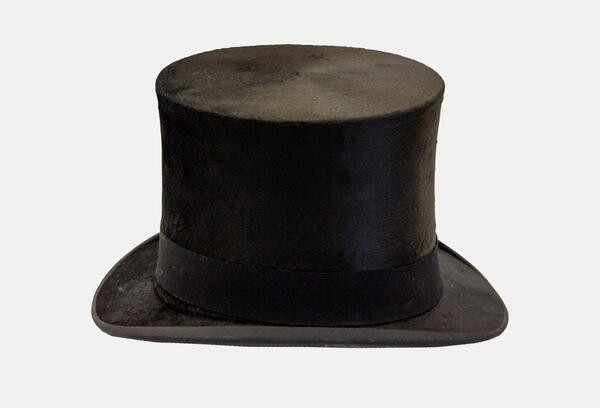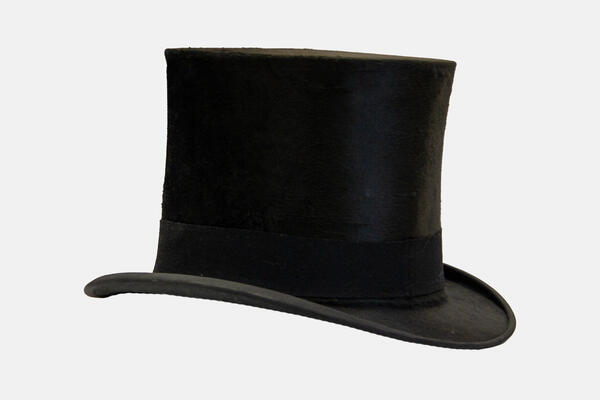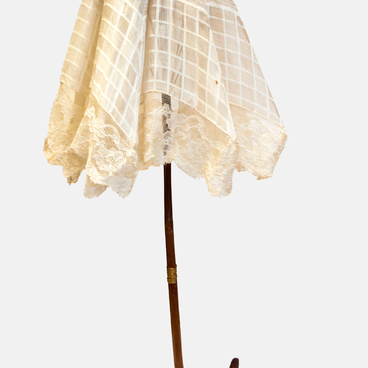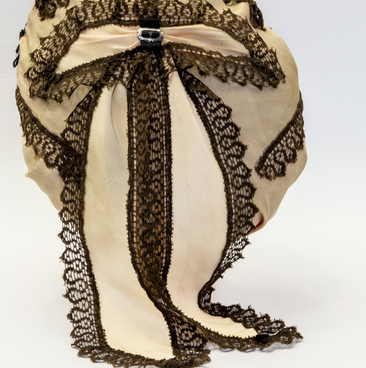A top hat is an easily recognizable headdress of the past. Interestingly, the fashion for top hats is associated with two important historical events: the French Revolution and the development of the internal combustion engine. The downfall of the monarchy resulted in global changes taking place in France: the feudal system was eliminated and the country fully transitioned to capitalist relations. All this was reflected in culture, including fashion. For a long time, the Parisian court was the criterion and main trendsetter of European fashion. However, when the royal court disappeared, France lost its position as Europe’s main dandy. So the Ancien Régime was superseded first by the Empire, and then by classical Victorian fashion. New opportunities were opened for creating new garments and styles.
The first cylindrical headdresses appeared in Europe in the beginning of the 1790s along with the birth of the Empire style. The Englishman George Dunnage, a hatmaker from Middlesex, was the creator of the classic top hat as it is known today. He presented his new black silk headdress with a tall cylindrical crown and small brim in 1793.
By the beginning of the 19th century, top hats were becoming increasingly fashionable in many countries. In Russia, Paul I banned this headdress, as well as other symbols of foreign freethinking like a tailcoat. However, after his death, top hats immediately became fashionable. They were worn both by people who were rich, wealthy and influential, and by regular representatives of the working class. The former had their top hats sewn from expensive materials — primarily silk. The latter were content with ordinary felt.
According to one version, top
hats fell out of use because of the spread of cars. This made people question
the convenience and practicality of wearing a top hat. In cars without a roof, these fancy hats were
simply torn off by the wind, and in cars with a roof, top hats had to be
removed because of their height. As time went on and people began to abandon the classic Empire and Victorian fashion, more modest and short bowler hats came into fashion. The 1910s were marked by the creation of the cap,
which finally put the hats of the 19th century out of fashion.





